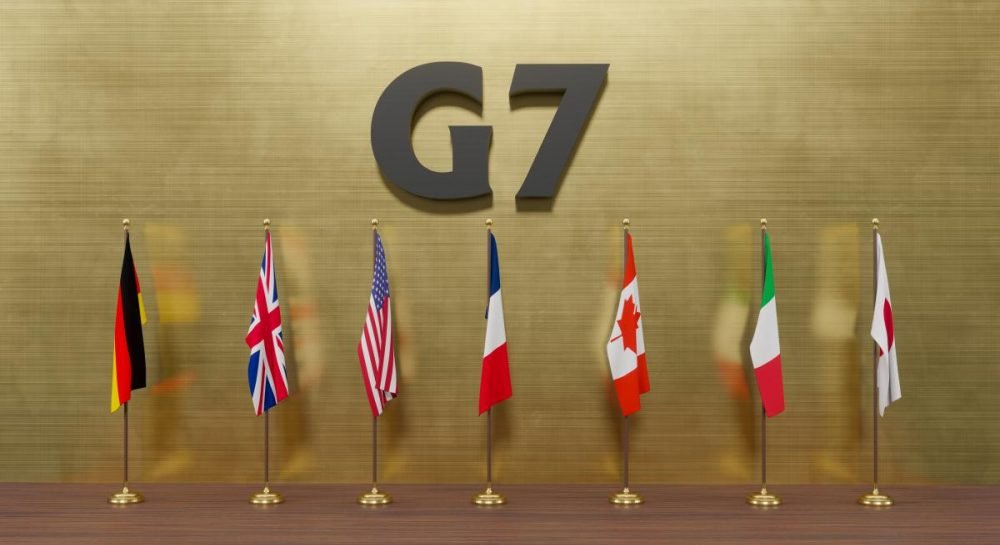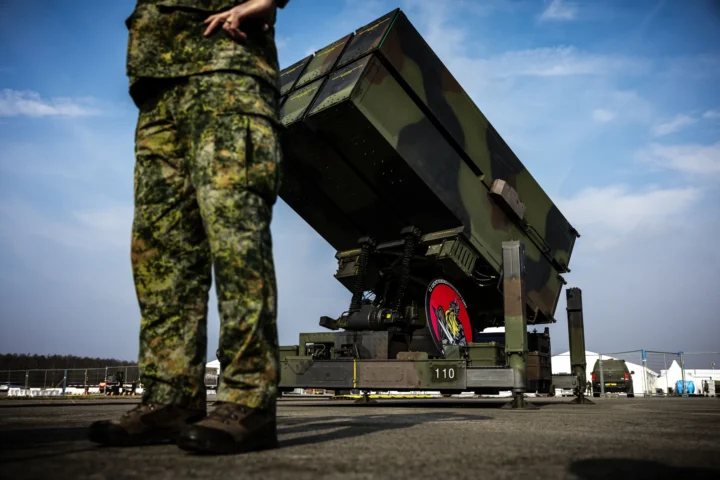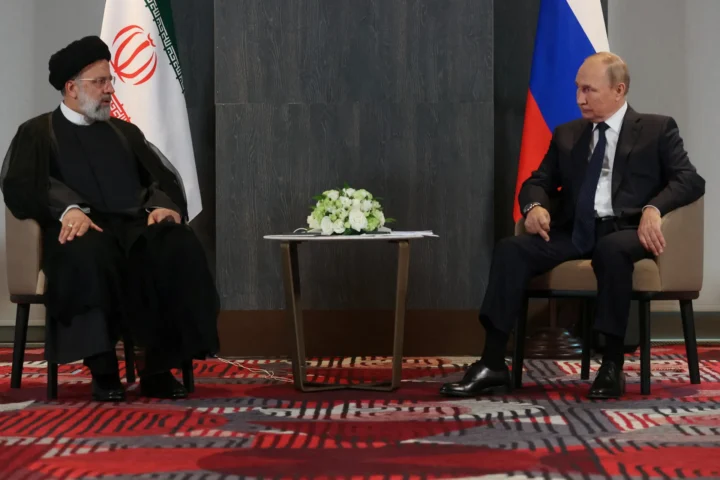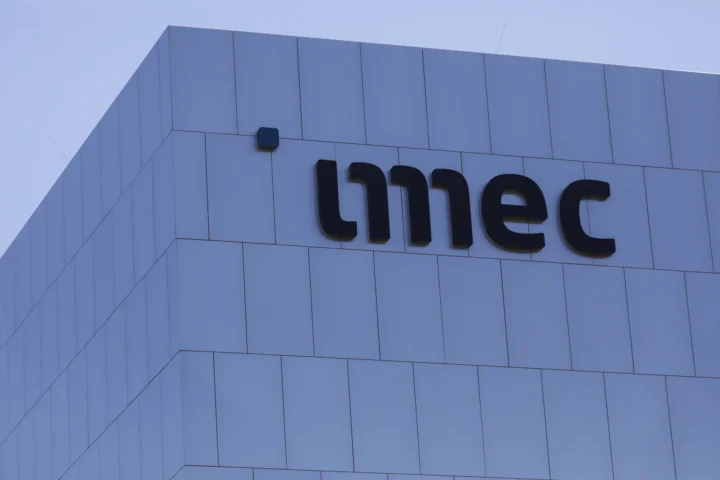As the G7 summit unfolded on June 16–17, Ukrainian President Volodymyr Zelenskyy made a direct appeal for tougher sanctions against Russia. With the UK taking the lead on June 17, 2025, by introducing a fresh wave of economic restrictions, momentum is growing for the U.S. to follow suit, tightening the global pressure on the Kremlin’s war machine.
UK Steps Forward, Eyes on U.S. Response
The United Kingdom’s latest sanctions package targets key pillars of the Russian economy, including financial institutions, defense enterprises, and shipping networks. While Washington has not yet issued new measures, analysts see this as an intentional move in a familiar pattern: the U.S. rarely acts first, often joining sanctions already coordinated by European partners.
Between 2022 and 2025, the U.S. led only two independent sanction initiatives—most notably, export restrictions on high-tech goods in 2023. Now, with the UK acting decisively, American participation is expected to follow, reinforcing transatlantic unity.
Trump’s Stance: Strategic Delay or Tactical Play?
Former U.S. President Donald Trump’s lukewarm response to new sanctions has sparked debate, but experts argue this doesn’t reflect a shift in core strategy. According to former U.S. Special Representative Kurt Volker, Trump may be channeling his “Iran playbook”: pressure through diplomacy, followed by escalation if talks fail.
In Russia’s case, this could mean intensified sanctions targeting state-owned banks, defense tech giants like Rostec and Rosatom, and a complete SWIFT ban for banks still under partial restrictions. The goal is clear—choke Russia’s ability to fund and modernize its military operations.
Disrupting War Supply Chains and Tech Access
The need for action became even more urgent after Russia’s most recent missile attack between June 16 and 17. G7 leaders responded with a unified call to cut off Russia’s access to critical technologies, limit military production capabilities, and close loopholes in existing sanctions.
High on the agenda: breaking Russia’s reliance on “gray” supply chains. Since 2024, at least 85 Iranian military cargo flights have delivered Shahed drones, missile components, and ammunition to Russia. Future sanctions are expected to target third-country shipping and financial networks that facilitate these deals.
Sustaining Sanctions Pressure to Support Ukraine
Coordinated sanctions by the G7, EU, South Korea, Australia, and Canada serve as a powerful signal of international solidarity with Ukraine. The strategy isn’t just about punishment—it’s about creating a sustained deterrent and eroding Russia’s military and economic power.
Moscow, meanwhile, is maneuvering behind the scenes. Throughout spring 2025, Russian intermediaries in Turkey, the UAE, and via UN channels attempted to trade partial ceasefires or “humanitarian gestures” for the easing of sanctions, particularly in agriculture and fertilizer exports.
But Western leaders remain firm: sanction relief must be earned. That means full Russian military withdrawal from Ukraine, reparations for infrastructure destruction, and credible guarantees of non-aggression moving forward.
What’s at Stake
The renewed sanctions campaign is more than just an economic squeeze—it’s a test of Western resolve. A weakened Russian economy translates to reduced aggression, diminished leverage at the negotiating table, and a stronger position for Ukraine in any future talks.
The message is unmistakable: until Russia changes course, the pressure will only intensify.








